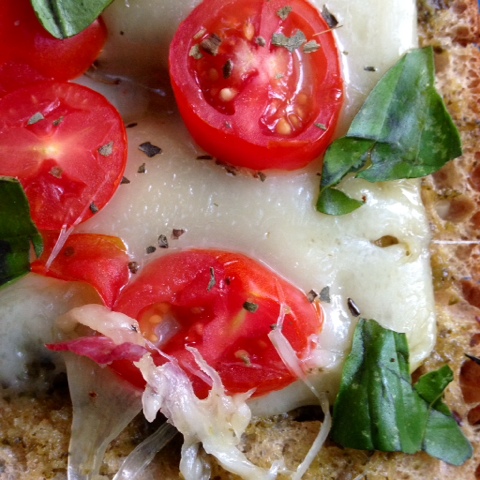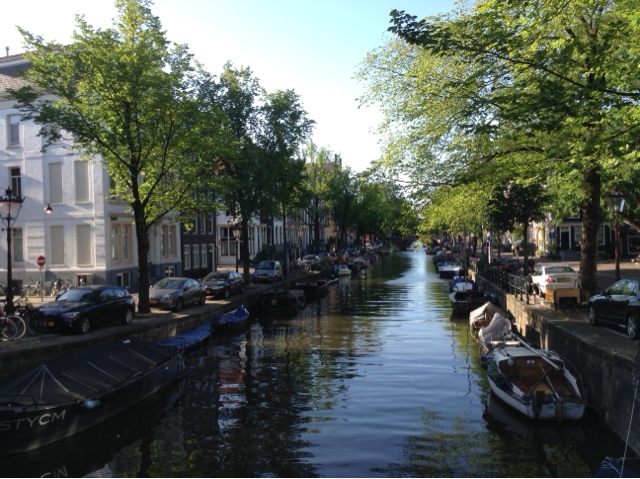Due to our purchase of a gas cooker, we now had the ability to cook real camp food rather than surviving on increasingly inventive sandwiches. We needed recipes suitable for camp cooking (only one gas element thus one-pot meals, and a small gas canister limiting our cooking time) we have been wracking our brains for recipes. This is the result.
Caesar salad (serves 4)
Ingredients
croutons:
3 slices of white bread chopped
3 cloves of finely chopped garlic
Olive oil as needed
Salad:
A packet of bacon chopped (quantity depending on your taste)
4 small Cos lettuces chopped
8 semi-sundried tomatoes roughly chopped
Grana Padano cheese 150g roughly sliced
Dressing:
Salt and pepper
Lemon juice of 2 lemons
Dried basil to taste
Equipment :
Frying pan
Aluminium foil
Long plastic or wooden spoon for mixing
Chopping board
Chopping knife
Large serving bowl
Colander
Method
1. Once bacon is chopped, place in non-stick pan on low heat. When it is going lightly brown, turn up heat and cover with foil to avoid spitting. Leave for five minutes, turning occasionally. Turn off element and wait for bacon fat to cool slightly before removing foil. Tip bacon into colander to remove excess fat.
2. Turn element on to medium, add a dash of olive oil or use a little of the leftover bacon fat, then toss in chopped garlic. Once an aroma of garlic is present, throw in all the chopped bread. Add olive oil to cover bread, tossing constantly until evenly covered. Cook until lightly brown and crunchy, tossing occasionally to cook evenly.
3. Squeeze the juice of two very juicy lemons (use more if your lemons are small) into a large bowl, add basil and cracked pepper to taste, and a little salt (remember your bacon is already adding salt). Give it a quick stir.
4. Toss all your remaining ingredients into the bowl with the lemon dressing (or in our case, yes our washtub!)



















































